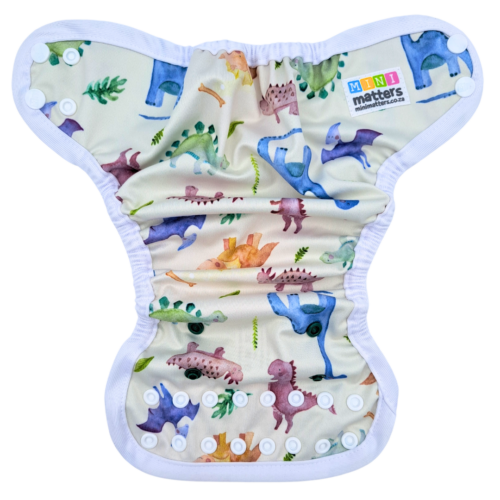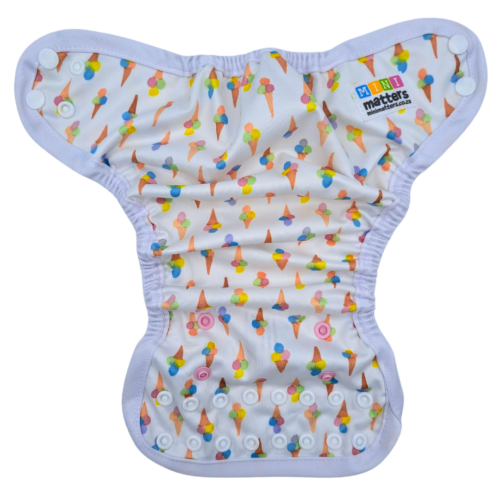Whatever your reason for going cloth, it was already a step towards reducing your carbon footprint. We all know by now that it takes many years for disposables to decompose (those of us who are parents and were in disposables know our nappies are still lying there somewhere) and that baby poop on landfills are hazardous contamination risks for our soil.
A round of applause for cloth, supporting environmental waste reduction.
But have you ever considered where your cloth nappies come from? What your carbon footprint really is when buying even cloth nappies? Have you made enquiries as to what processes were followed in order to get your nappies to you?
From a study done by Yan et al, it is stated that ‘China is the largest textile and garment producer and consumer in the world. Studies on the CFP (carbon foot print) of textiles are important in the management of domestic greenhouse gas emissions.’ They continue to explain that it is also important to not just take manufacturing into consideration, but also transport of textiles across the globe, which leaves an even higher carbon footprint behind. All those airplane gasses just to get the nappies here!
At Mini Matters we are proud to be South African producers of cloth nappies. Our fabrics are sourced locally, and our local suppliers manufacture the fabric locally too. The designing, printing and manufacturing of our nappies also happen locally, supporting South African
small businesses and local communities. View the video below to see how our nappies are made.



